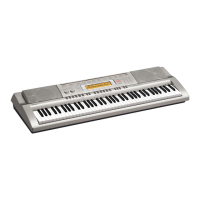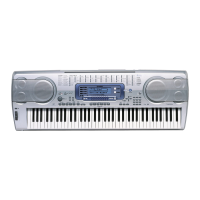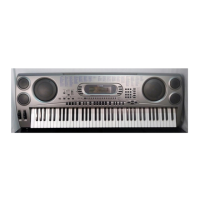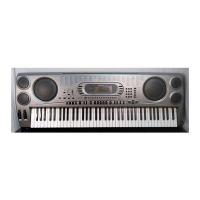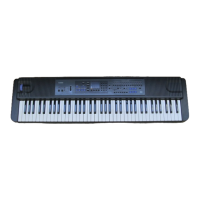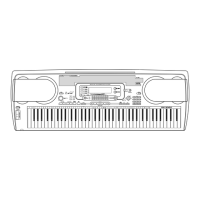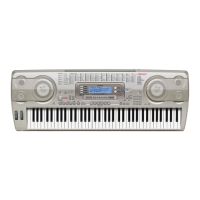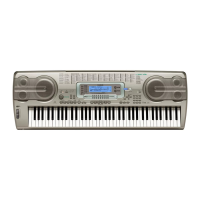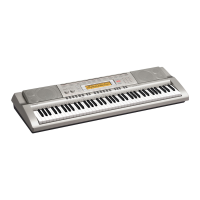GUÍA DEL USUARIO
USER’S GUIDE
ES
WK200/500ES1B
Guarde toda la información para futuras consultas.
Please keep all information for future reference.
Precauciones de seguridad
Antes de intentar usar el teclado, asegúrese de leer
las “Precauciones de seguridad” separadas.
Safety Precautions
Before trying to use the keyboard, be sure to read the
separate “Safety Precautions”.
EnglishEspañol
MA0808-B Printed in China
WK200/500ES1B
F
This recycle mark indicates that the packaging conforms to
the environmental protection legislation in Germany.
Esta marca de reciclaje indica que el empaquetado se
ajusta a la legislación de protección ambiental en Alemania.
WK200_es_Cover1-4.fm 1 ページ 2008年7月28日 月曜日 午後7時3分
